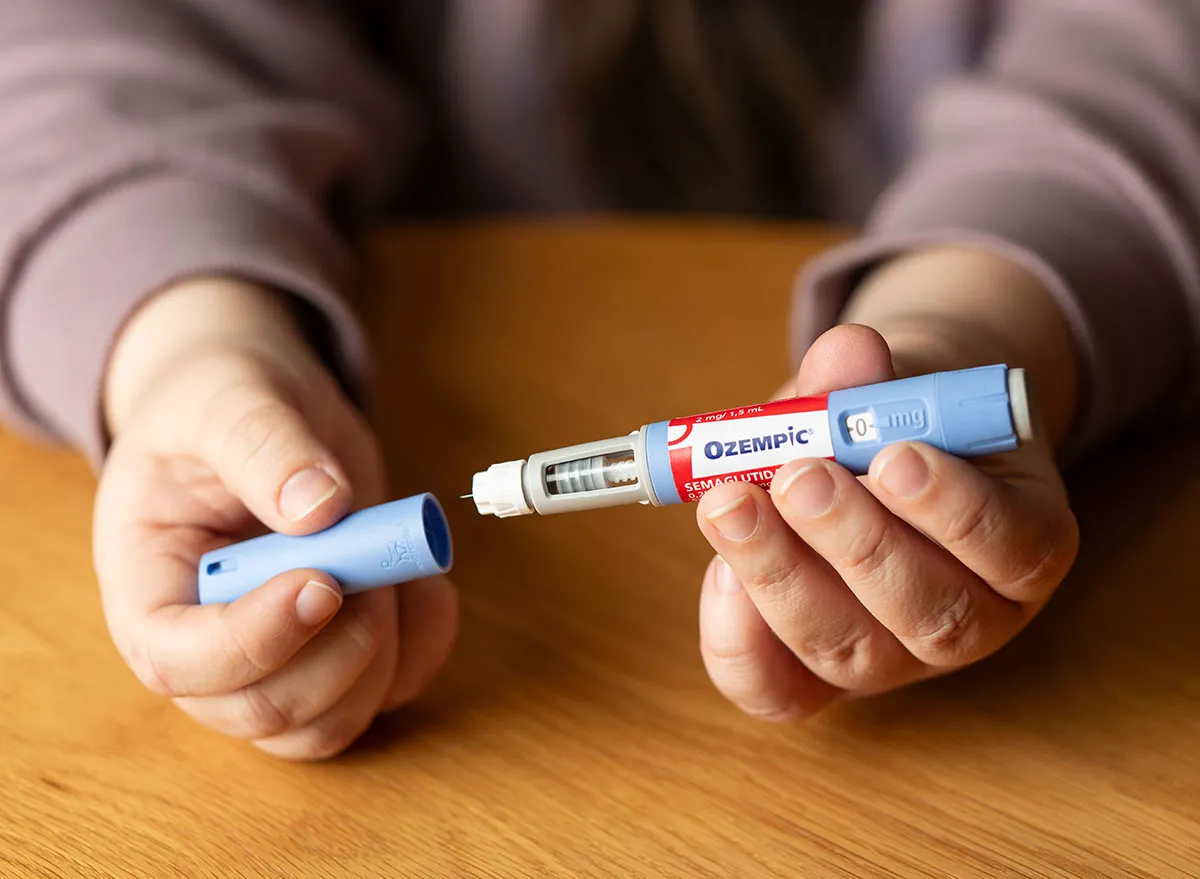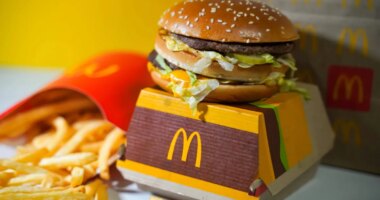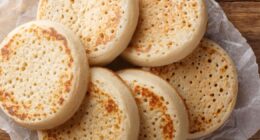One of the most significant side effects of GLP-1 drugs – including Ozempic and Wegovy – is, unsurprisingly, a decrease in hunger. A serious pro that many weight loss drug users are discovering is that the less they eat, the less they spend on groceries. According to new research published by Cornell University and consumer-insights group Numerator, households with at least one GLP-1 user reduce their spending by approximately 6% within six months, equating to $416 less on groceries per year. Higher-income households earning over $125,000 save even more, a whopping 9%, an annual savings of $690. And, you might be surprised by the grocery items they are ditching the most.
“Our findings highlight the potential for GLP-1 medications to significantly reshape consumer food demand, a trend with increasingly important implications for the food industry as adoption continues to grow,” the researchers said.
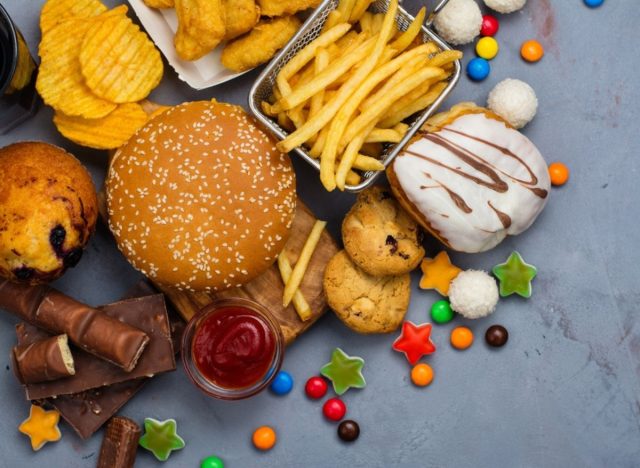
There are two categories in particular that weight loss drug users aren’t spending as much in. According to the research, the “largest” spending reductions are in “ultra-processed categories,” including baked goods, chips, and cookies. People spent an average of 6.7% and 11.1% less on these types of foods, which generally aren’t recommended for people taking weight loss drugs.
Another category that became less popular? Food away from home, spending 4% less on breakfast and 6% on dinner. The least affected? Nutrient-dense options, like yogurt and fresh produce.
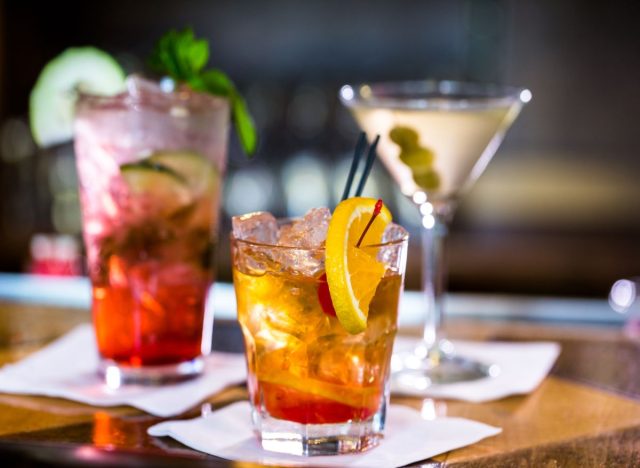
One unclear category is alcohol. “Our main estimate for alcohol purchases shows a decrease of 1.4% when analyzing all households. However, this estimate has wide confidence intervals from -5% to 2.4%. As a result, we cannot definitively conclude that alcohol purchases decline,” Sylvia Hristakeva, assistant professor of marketing at Cornell University, told Just Drinks.
This reduction in spending will have “significant implications for producers and retailers across the grocery sector,” the study authors point out while presenting “challenges and opportunities.” Some of the companies “are likely to face declining demand and need to reassess their product portfolios to remain competitive.”
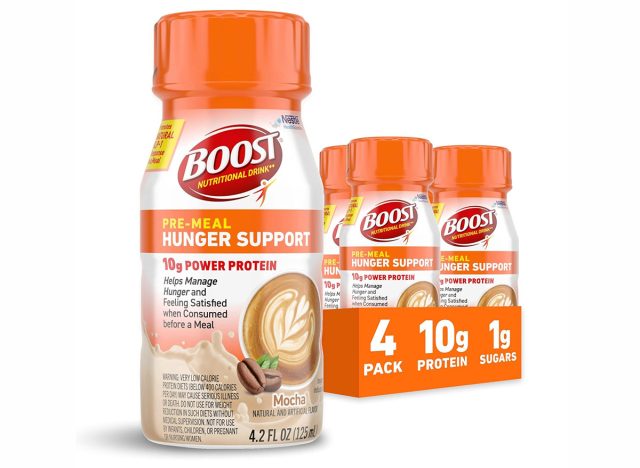
Some brands are quickly adapting their product line for the weight loss drug surge. For example, Nestlé launched a pre-meal drink, Boost Hunger Support. “When consumed 10-30 minutes before a meal, it helps promote the body’s natural production of the hormone GLP-1 in response to a meal. BOOST® Pre-Meal Hunger Support Drinks are fat-free and available in a mocha flavor. These drinks are suitable for lactose intolerance but not for individuals with galactosemia,” they write in the product description.
Leah Suzanne

